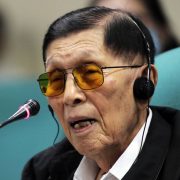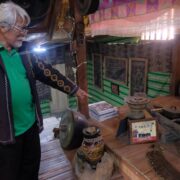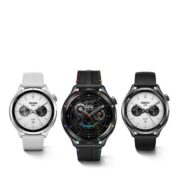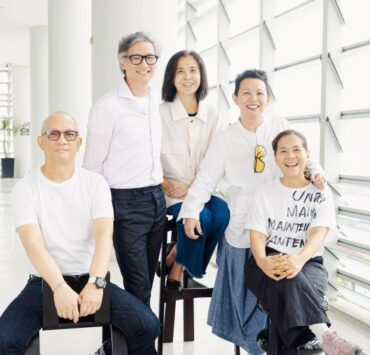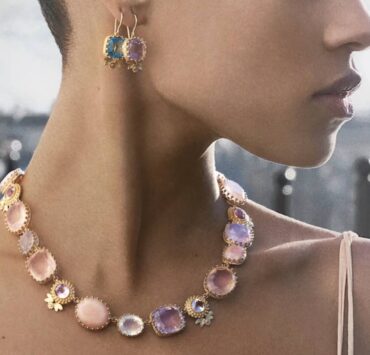Too French pour toi
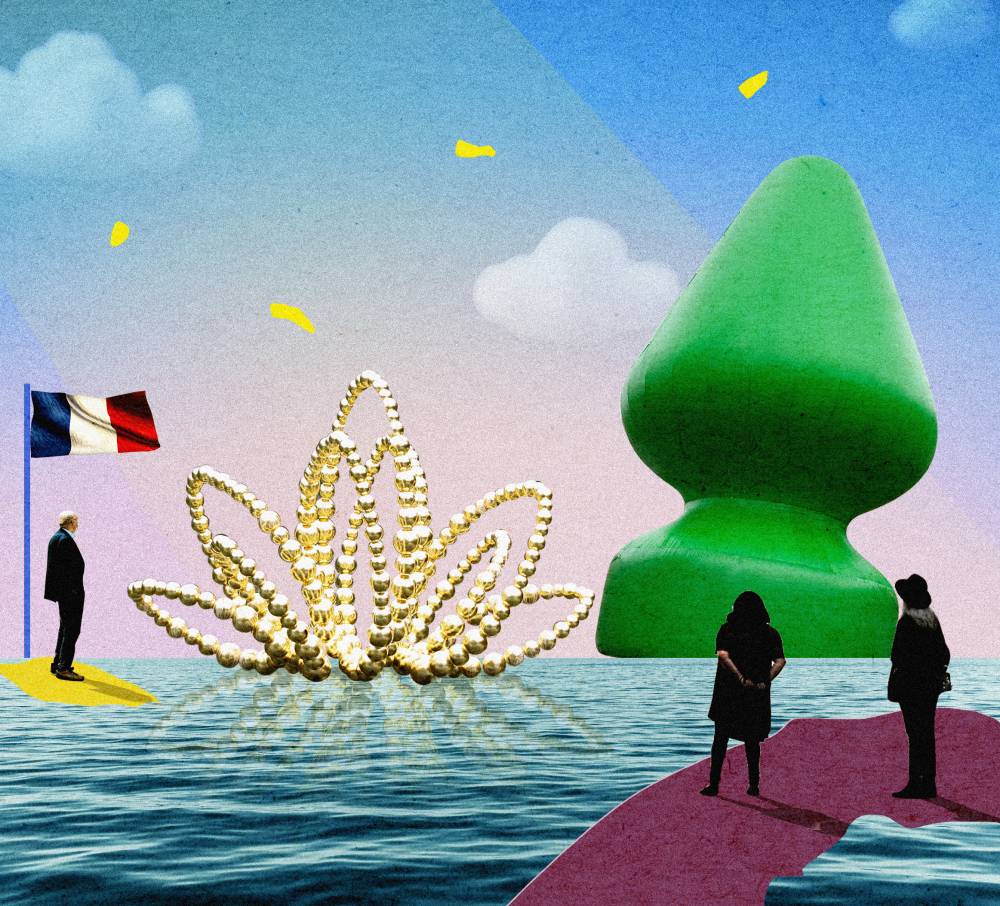
A lifetime ago, when pre-handover Hong Kong was but a nascent player in the international contemporary art scene, it hosted a groundbreaking exhibition presented in collaboration with the Paris-based Cartier Foundation to inaugurate the new Hong Kong Museum of Art.
“Too French,” it was called, a bold assertion of the resurgence of French artists in contemporary art, a brash challenge to the dominance of New York post-WWII, some 50 years later.
Indeed, it was, well, very French: sensual, shocking, provocative, assured, candid, cerebral, gritty, a mix of kitsch and elegance, anarchy and poise, even scatological. Mais oui. What would a survey of contemporary art in France be like without any allusions to excrement, anuses, or phalluses? Mind you, that was in 1991, decades before Paul McCarthy’s 2014 inflatable green sculpture “Tree” planted itself at the Place Vendôme. As far as the public was concerned, what was supposed to represent a Christmas tree very obviously resembled a sex toy, a butt plug to be precise, situated at the very foot of what was unequivocally a phallic symbol in oxidized bronze, that towering monument to Napoleon’s victory in the Battle of Austerlitz.
Whether intentional or sly on the part of the artist, “Tree” was, when you think about it, so very français, really, all that épater la bourgeoisie (give the establishment the middle finger) energy that delights liberals and offends the parochial vanguards of conservatism. “Tree” proved to be such a scandale that in the end, all the air had to be sucked out of it, the remaining flaccid heap of plastic discarded. So far, so French.
The sculptures of a very young Jean-Michel Othoniel, however, created during his then-residency in Hong Kong and displayed in “Too French” in vitrines akin to jewelry display cases, lacked the sleek sheen of the inflatable plastic tree; they were, by his own admission, crude in form and subject matter, cheeky, if a bit juvenile, in spirit, hinting at certain body parts and Eastern erotica. A reflection, he said, “of this very toughness of Hong Kong” that he experienced as well as a nod to classical French figurines with the added voyeuristic charge of imagining what the underneath of a statue might look like. A more established Othoniel today is better known for his large-scale beaded glass constellations that evoke an “emotional geometry” that in itself is equally very French.
Très French, too, one could say, was the play “Art” by the French playwright Yasmina Reza, recently staged by Repertory Philippines, featuring a Filipino British cast under the masterful direction of Victor Lirio. It revolves around the disintegration of the relationship between three friends—Serge, Marc, and Yvan, and their eventual entente—over a work of art, if in fact, as Marc insisted, a white abstract painting of nothing but lines on canvas purchased by Serge for 200,000 francs could be considered art at all. Heated, often hilarious debates are ignited throughout the one-act play over the value—monetary and aesthetic—of art as well as the hype surrounding the artist du jour, which insightfully reveal the dynamics among the three men and the basis upon which friendships are formed and frayed.
“Art” somehow reminded me of my ex-husband’s reaction when we attended the opening of “Too French” in Hong Kong. “What a disappointment,” he had remarked. “I thought I would see Impressionist paintings.” His notion of art was, for better or worse, in stasis (as our marriage would eventually be, shortly after). But I’ll never forget a famous Hong Kong Chinese bon vivant’s reaction to César’s massive bronze sculpture of a naked woman standing, breasts and stomach distended: “That looks just like my wife after giving birth.”
She left him, too, shortly after.







